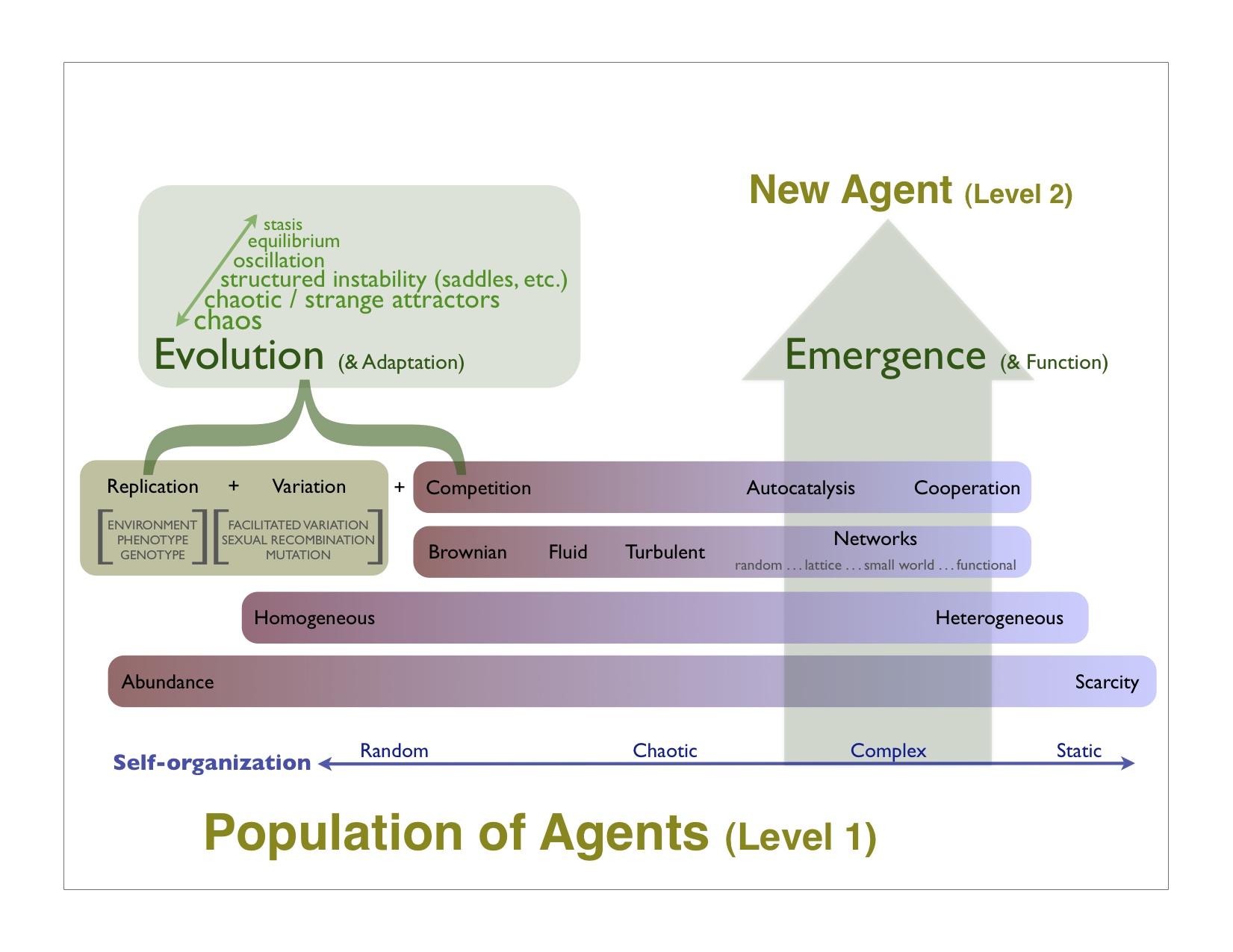January, 2010
Decision Education: A Call to Arms
“Extensive research has shown that people tend to lead either from their head or their heart. Unless we make a conscious choice to achieve the appropriate balance, we tend to do what comes naturally and solve the problem from within our comfort zone” (from the Decision Education Foundation)
Those of us on the analytical side of the spectrum often completely discount feelings in making decisions. But it’s worth noting that the Decision Education Foundation (DEF) was founded by Stanford professors who pioneered the science of decision analysis and whose work spawned an entire consulting industry that helps companies make billion dollar decisions. DEF is adamant about the importance of using both head and heart:
…Using your heart means taking into account what you really care about, which often includes the effect on other people and retaining their respect and trust. It means listening to your emotions and intuition. If you have taken your heart into account in the appropriate way, a decision feels right.
Whom Should I Interview?
I was just interviewed by International Mentoring Network and as a thank you for my time they asked if there was anyone I would like to interview. Anyone in their network, I asked ? No, anyone in the world. Whoever it is, they will try to make it happen. Now that’s an interesting question!
Okay, so who do you think I should interview?…
Synthesis of Complexity Theory
As careful readers of this blog will note, I’ve been obsessed with Alex Ryan’s visualization of the way new levels of organization come into being (e.g. atoms -> molecules -> cells, etc). In an attempt to complement and extend his model, here’s a visualization of how I think of the various concepts coming together:
First off, I know that this may not make sense to most people. The relationships implied by proximity, color, dimension, etc are not totally accurate. The problem is, I’ve reached the limit of my personal ability to create a good visualization. So I’m throwing this out there half-baked hoping that the crowd (that’s you) will help bring this together in a more coherent way.
I’m especially interested in hearing from people who have great design skills. If you don’t, then at the least you can ask probing questions to suss out the sources of confusion, which will then feed into the redesign process.
A more detailed explication of these concepts can …
